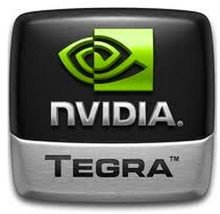Nvidia to make reference smartphones and tablets: Rumor


So far, chipmaker Nvidia has been content with making chipsets for post-PC devices, but rumors now suggest that the company may be getting ready to take a more hands-on approach to hardware designs.
According to Russian tech site Mobile Review, the way Nvidia plans to do this is by creating reference designs for smartphones and tablets that use its chipsets, and these hardware reference designs can then be adopted by other OEMs and ODMs for their own hardware.
The idea behind offering reference designs is that it is a quick and easy way to get hardware makers to adopt particular platforms and chipsets--in this case, Nvidia's Tegra mobile silicon--because much of the heavy design and engineering work has already been done. This significantly reduces the cost of bringing the hardware to market.
Also, by creating its own reference hardware, Nvidia will be able to have more leverage over hardware makers in terms of price point or standard of quality.
The rumor goes on to suggest that hardware based on these reference designs will debut by add-in-board (AIB) partners at Computex in June this year.
It should be remembered that Nvidia has years of experience producing graphics card reference samples, and it is likely that this experience could be tailored to producing smartphone and tablet reference designs too. However, a downside to graphics card reference designs is that most manufacturers come out with what is basically the same card, with little more than branding separating one vendor's product from another.
This isn't the first time that Nvidia has tried something like this. Back in May of 2012, it unveiled its Kai low-cost tablet platform, a plan that fizzed out mostly as a result of a lack of interest from hardware makers.